Introduction
Drone inspections are transforming the way we approach routine and complex inspection tasks. The types of inspections can include cell towers, roofs, power lines, solar panels, and other infrastructure. The benefits of using drones for inspections include them being done faster, cheaper, safer, and will more comprehensive data. Whether you're a seasoned drone pilot or just got your Part 107 certification, this article is your springboard to a promising side hustle in the drone inspection industry.
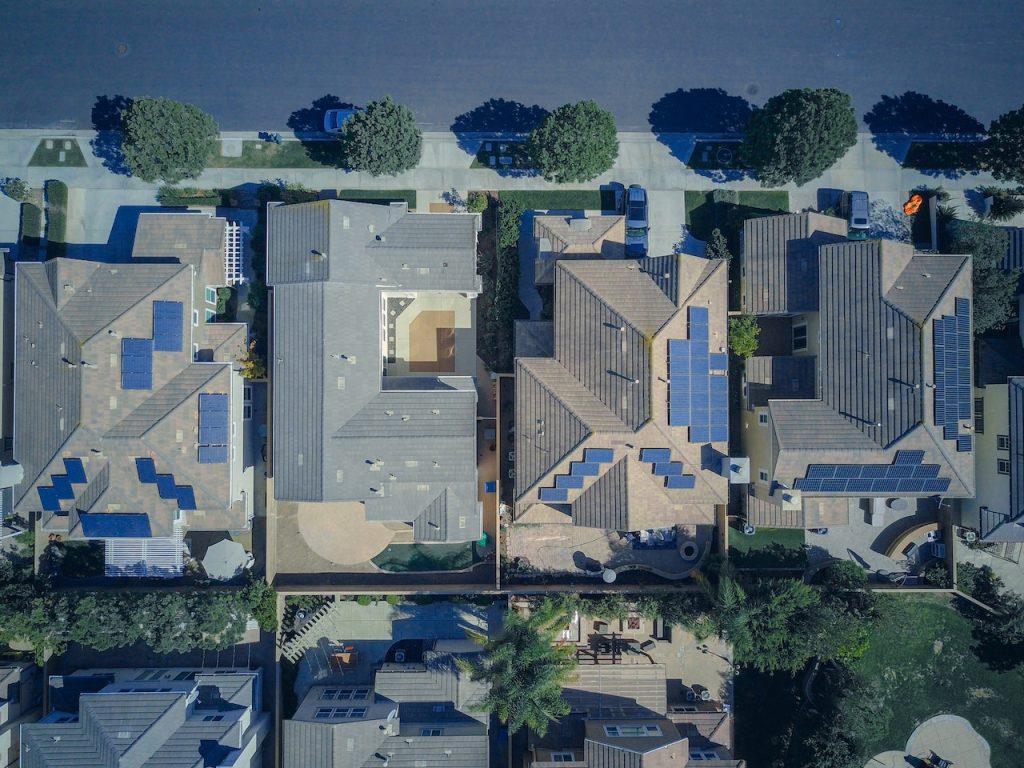
Understanding Drone Inspection Services
Drone inspections refer to the use of unmanned aerial vehicles (UAVs) to conduct inspections of buildings, structures, and systems that are often difficult, dangerous, or impractical to access by human inspectors. This technology offers unparalleled advantages in terms of safety, efficiency, data accuracy, and cost-effectiveness, making it an increasingly popular choice across various sectors.
From examining the integrity of vast pipeline networks to conducting intricate roof inspections, drones are proving to be a game-changer in many industries. They provide invaluable insights and help mitigate risks, making drone inspection services a significant asset for businesses and governments alike.
Types of Drone Inspection Services
The beauty of drone inspection services lies in their versatility. Below, we delve into some of the most common types of jobs, each with its unique benefits and challenges.
Drone Roof Inspection
Roof inspections can be time-consuming and hazardous. However, drones can easily navigate these high structures. Drone can capture detailed images and footage that reveal issues like leaks, damage, and wear and tear. As a drone pilot, this means less time on ladders and more time flying your drone.
Drone roof inspections can include a variety of specific services:
- Visual Inspection: This form of roof inspection uses high-resolution cameras to capture detailed images and videos of the roof. This allows for easy identification of visible issues such as cracks, missing shingles, or other damages.
- Leak Detection: Drones equipped with thermal imaging cameras can be used for leak detection. They detect differences in temperature on the roof surface, indicating areas where water may be leaking into the structure or insulation might be compromised.
- Roof Measurements: Drones can use photogrammetry or LiDAR technology to generate accurate 3D models of the roof. This allows for precise measurements of the roof's dimensions, slope, and area, which can be essential for repair estimates or planning roofing projects. I've had a lot of success with roof inspection services.
- UV Inspection: Ultraviolet (UV) inspections utilize drones equipped with UV sensors to detect areas of the roof that are deteriorating due to UV radiation. This method can help predict potential problem areas and assist in scheduling preventive maintenance tasks.

Drone Wind Turbine Inspection
Wind turbines are tall, massive, and often located in remote areas. Inspecting them with drones not only improves safety but also increases efficiency, with drones able to complete an inspection in a fraction of the time it would take a human.
Drones with digital sensors can capture high-resolution images from large distances to optimize inspection times. This can also reduce the risks to the wind turbines from getting damaged by the drones from a collision.

Drone Power Line Inspection
The inspection of power lines is a critical task to ensure the reliability of our power supply. Drones are an excellent tool for this job, providing a safe and efficient way to inspect these high-voltage structures.
Utilizing video, imagery, thermal, and even LiDAR, drones can capture data to help provide information such as:
- Identify when maintenance is needed on key components
- Calculate the sag of power lines and the clearance to the ground
- Identify encroachment of vegetation to power lines or a corridor that will require trimming
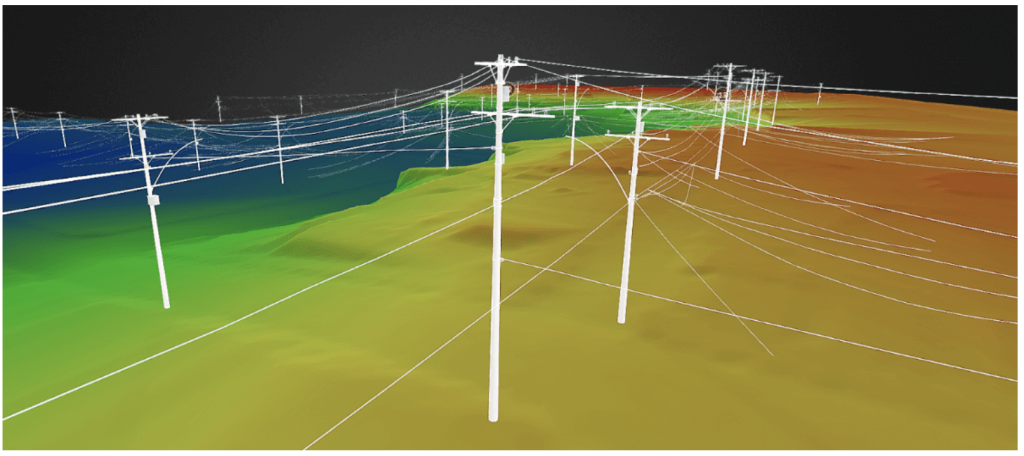
Drone Cell Tower Inspections
Cell tower inspections serve as a practical application of drones in the telecommunication industry. By using drones, detailed imagery and 3D mapping of cell towers can be obtained, replacing traditional manual inspections which often present significant challenges and risks.
Drone cell tower inspection services can lead to increases in operational efficiency, as drones can access difficult-to-reach areas without the need for extensive equipment or tower climbing. This not only reduces the time spent on inspections, but also cuts down on related costs.
Using drones for inspections enhances safety measures, as it significantly reduces human exposure to potentially hazardous situations. This includes radio frequency emissions and the physical dangers of climbing towers.
Lastly, the accurate data collected by drones can facilitate better predictive maintenance, contributing to the improved performance and lifespan of cell towers.
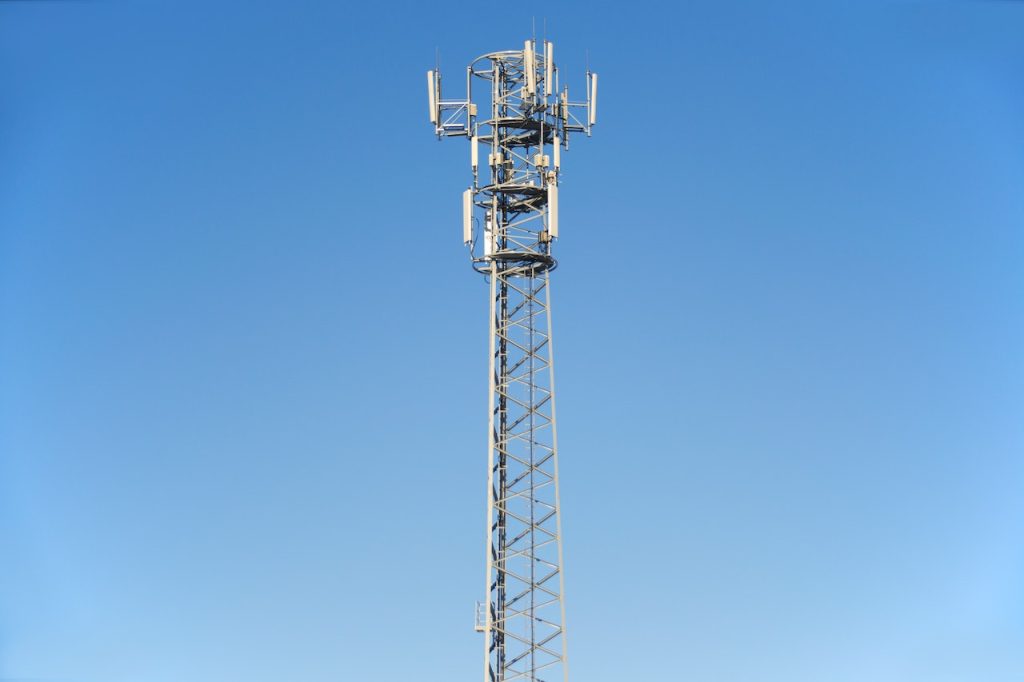
Drone Solar Inspection
Drones equipped with thermal imaging cameras are a perfect match for inspecting solar panels. They can quickly and accurately identify malfunctioning cells or panels, allowing for targeted maintenance and increased efficiency.
Solar panels can be installed on roofs in urban areas, as well as larger solar farms. Regular inspections can identify issues that can cost thousands of dollars in missed production!
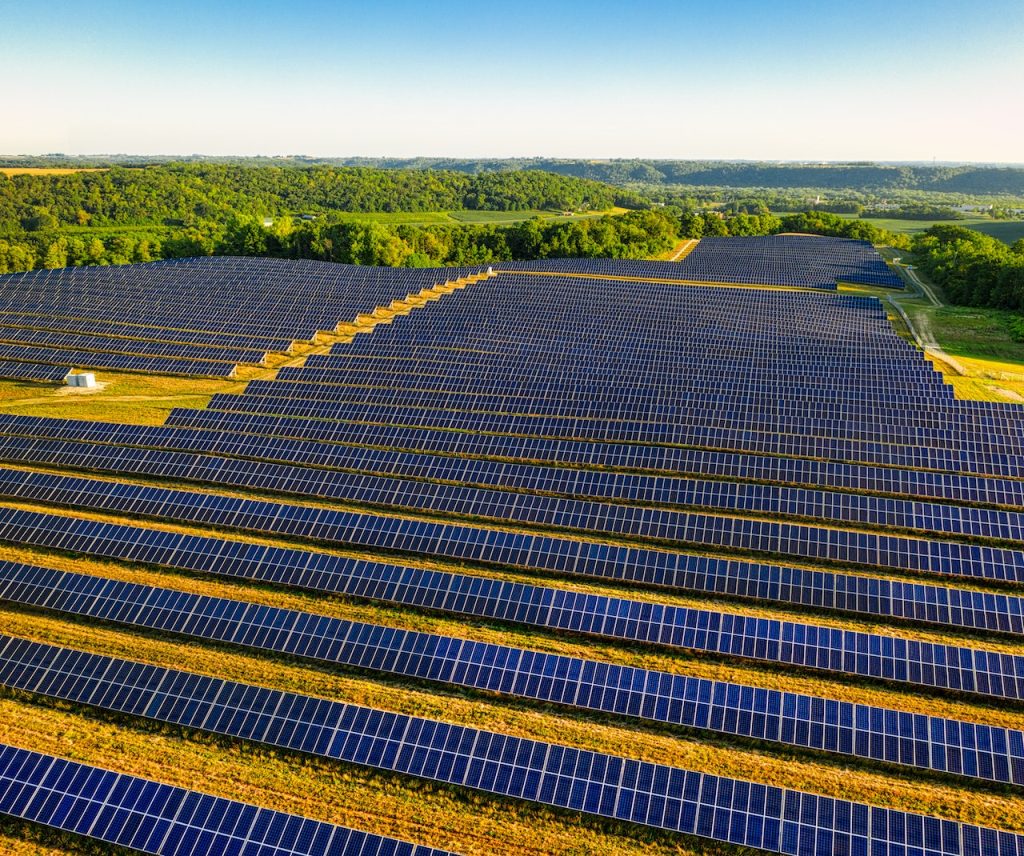
Drone Inspection for Insurance
Insurance companies are increasingly using drones for inspections following claims or for risk assessment purposes. This not only expedites the claims process but also improves accuracy, ultimately leading to better customer service and cost savings.
Drones can be used for everything from a roof damage inspection, to other types of inspections of structures and even vehicles.
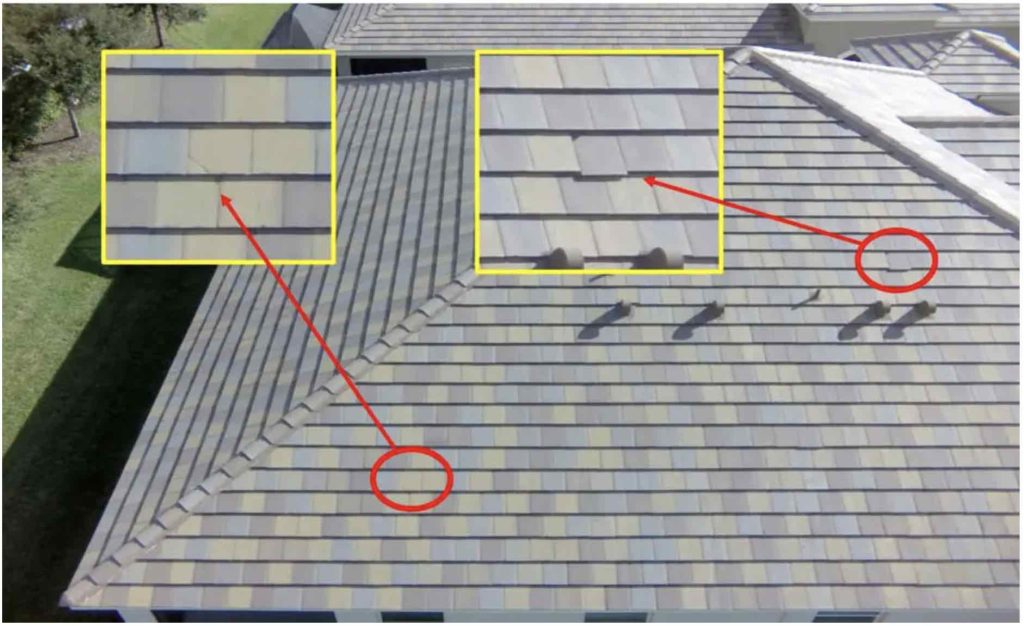
Drone Pipeline Inspection
In the oil and gas industry, pipeline inspections are a critical task to prevent leaks and ensure safety. Drones make these inspections faster, safer, and more cost-effective, providing detailed imagery and data over large distances.
Industrial Drone Inspection
In the industrial sector, drones are used to inspect a wide variety of structures and equipment. They can access hard-to-reach areas, detect problems early, and help industries like manufacturing, construction, and oil & gas to operate more efficiently and safely. This can include exterior and interior scans.
Think about inspecting cranes and other equipment that are difficult to inspect but require regular maintenance.
Infrastructure Drone Inspection
Drone technology plays a key role in inspecting essential infrastructure such as bridges, dams, and walls. Drones capture high-quality images and create detailed 3D models, providing a thorough inspection compared to traditional methods.
Drone inspections increase operational efficiency, as they can easily navigate hard-to-reach areas, reducing the need for costly scaffolding or other equipment. Safety is enhanced as drones eliminate the need for personnel to access dangerous locations. Additionally, drones collect accurate data, aiding in predictive maintenance and extending the lifespan of structures. For drone pilots, offering drone inspections can significantly contribute to the advancement of infrastructure management.

Becoming a Provider of Drone Inspection Services
If you're keen on leveraging your Part 107 certification and drone piloting skills, drone inspection jobs offer a promising avenue. A typical job involves flying a drone to collect visual data, interpreting the data, and compiling an inspection report. Depending on the job, you may need additional skills such as understanding specific inspection protocols, operating advanced drone technology, or using specialized software for data analysis.
To further enhance your service provision, consider gaining additional certifications or training specific to the inspection services you're interested in. For example, a thermal imaging certification can be beneficial for solar or roof inspections.
How to Choose the Right Drone Inspection Service
As a drone pilot looking to offer drone inspection services, it's crucial to understand what clients look for in a service provider. They'll consider factors like the drone operator's experience and qualifications, the quality and accuracy of the data collected, the speed of service, and, of course, cost.
If you're on the other side of the coin and looking for drone inspection services, it's essential to choose a service near your location to ensure quick response times and lower travel costs. It also helps to read reviews or seek recommendations to find a trusted and reliable service.
Future Trends in Drone Inspection Services
The drone inspection industry is continuously evolving, with emerging trends like automated drone inspection services and autonomous drone operations promising to reshape the landscape further. Technological advancements in drone inspection software, analytics, and data management are set to further enhance the speed, accuracy, and value of the services provided.
As a drone pilot, staying informed about these trends and adapting your skills and services accordingly can help you stay ahead of the curve and seize new opportunities.
Frequently Asked Questions
What is a drone inspection service?
A drone inspection service involves using drones to inspect structures or systems that are hard-to-reach, dangerous, or inconvenient for human inspectors. It offers numerous advantages, including improved safety, efficiency, and cost-effectiveness.
How much does a drone inspection service cost?
The cost of a drone inspection service varies depending on factors such as the complexity of the inspection, the size of the area to be inspected, and the specific industry. It's best to get a quote from several service providers for an accurate estimate.
How do I get certified to provide drone inspection services?
While a Part 107 certification is the primary requirement to provide drone inspection services commercially in the U.S., additional certifications or training may be beneficial depending on the type of inspections you intend to perform.
What are the different types of drone inspection services?
There are many types of drone inspection services, including roof, wind turbine, power line, industrial, solar, insurance, and pipeline inspections.
How can I start my own drone inspection service?
To start a drone inspection service, you'll need a Part 107 certification, a suitable drone, and the necessary skills to perform inspections and interpret the data collected. It's also crucial to understand the specific inspection needs of your target market and to comply with all relevant regulations and insurance requirements.
Conclusion
Drone inspection services are revolutionizing various industries, bringing unprecedented benefits in terms of safety, efficiency, and cost-effectiveness. For drone pilots with a Part 107 certification, this presents a fantastic opportunity to start a rewarding side hustle or full-time career in drone inspections.
But the journey doesn't end here. The future of drone inspections promises even more growth and innovation, with trends like automation, autonomy, and advanced data management set to redefine the industry landscape. As a drone pilot, embracing these trends and continuously honing your skills can help you stay competitive and seize new opportunities.
We hope you found this comprehensive guide to drone inspection services insightful and inspiring. If you have any questions, comments, or experiences to share, we'd love to hear from you. Leave a comment below, or reach out to us directly. And if you found this article useful, don't forget to share it with your fellow drone enthusiasts!
Interested in more drone-related content? Subscribe to our newsletter for the latest news, tips, and insights from the drone world. Let's keep exploring the skies together!


